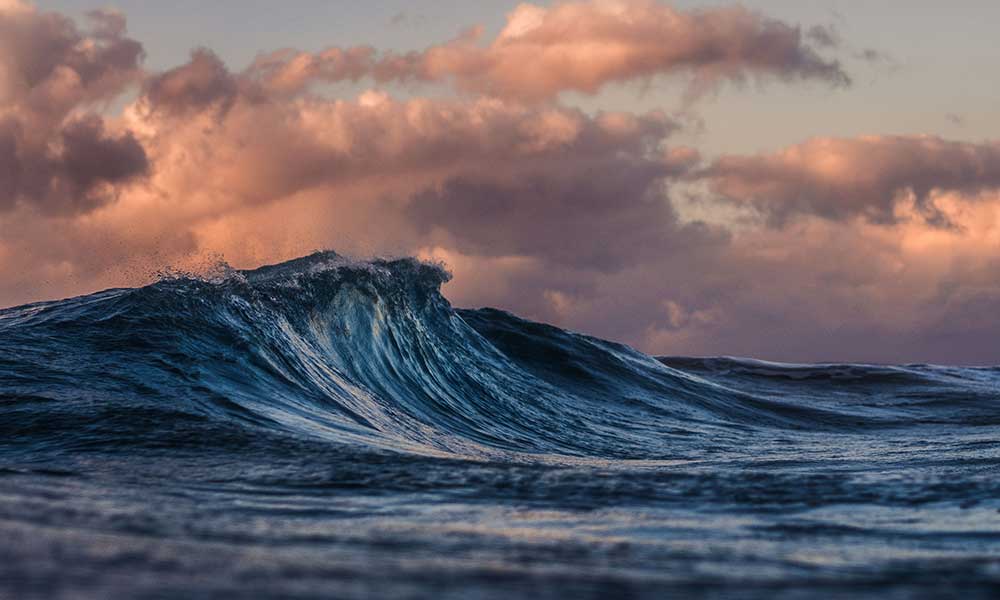Eddie Aikau was a Hawaiian surfer and lifeguard who tragically died when he was just 31-years-old.
But despite his untimely demise, he had a massive impact on the sport of surfing and continues to influence the lives of generations of surfers.
Who was Eddie Aikau?
Born Edward Ryon Makuahanai Aikau in 1946, Eddie Aikau moved to O’ahu with his family when he was just 13.
Three years later, when he left school, he got a job at a fruit factory and used the money to purchase his first surfboard.
In 1968, he became the first lifeguard hired by the local authorities to work at the north shore, and it was at Waimea Bay that he made the biggest impact.
He braved waves of more than 30 feet to save the lives of over 500 people during his short career, and it’s said that not a single life was lost during this period.
Eddie continued to surf throughout this time and entered most events hosted on the North Shore, with his biggest success coming in the 1977 Duke Kahanamoku Invitational.
He surfed some of the biggest waves ever surfed in Hawaii at the time, and while he made his mark across the island, it’s at Waimea Bay that he became a legend.
In 1978, Aikau joined a voyage to recreate the journey once taken by migrating Polynesians.
The boat capsized and Aikau left on his surfboard to get help.
The rest of the crew were later found and rescued, but Eddie Aikau was never seen again.
He had removed his lifejacket to help with his paddling, and it seems that this may have caused his demise because despite launching the biggest air-sea search in the history of the Hawaiian Islands, Eddie Aikau’s body was never found.
Eddie Aikau Big Wave Invitational
“The Eddie” is a big wave surfing tournament created in Eddie’s memory.
It began at Sunset Beach in 1984 and then moved to Waimea Bay.
Initially sponsored by Quiksilver and known as the Quiksilver in Memory of Eddie Aikau, the official name later became the “Eddie Aikau Big Wave Invitational” when a new sponsorship agreement couldn’t be reached.
The contest is only staged when the swells reach 20 feet, so while it’s prepared every year, it is not actually an annual competition.
Eddie Would Go Shirts, Stickers, and More
The “Eddie Would Go” phrase came as a result of Eddie’s heroic work as a lifeguard and his mastery as a surfer.
When others refused to tackle big waves and retreated to the shore, Eddie would go, and he developed a reputation for being fearless.
Mark Foo, who later died while surfing at Mavericks, is said to have been the first to utter the phrase.
When “The Eddie” event organizers questioned whether the waves were too big and too dangerous and wondered whether the event should be called off, Foo had apparently uttered the iconic phrase.
During the 80s, “Eddie Would Go” appeared on t-shirts, bumper stickers, and other memorabilia.
You can still find Eddie Would Go merchandise at surf shops all over the world and the phrase remains a major part of surf culture.







